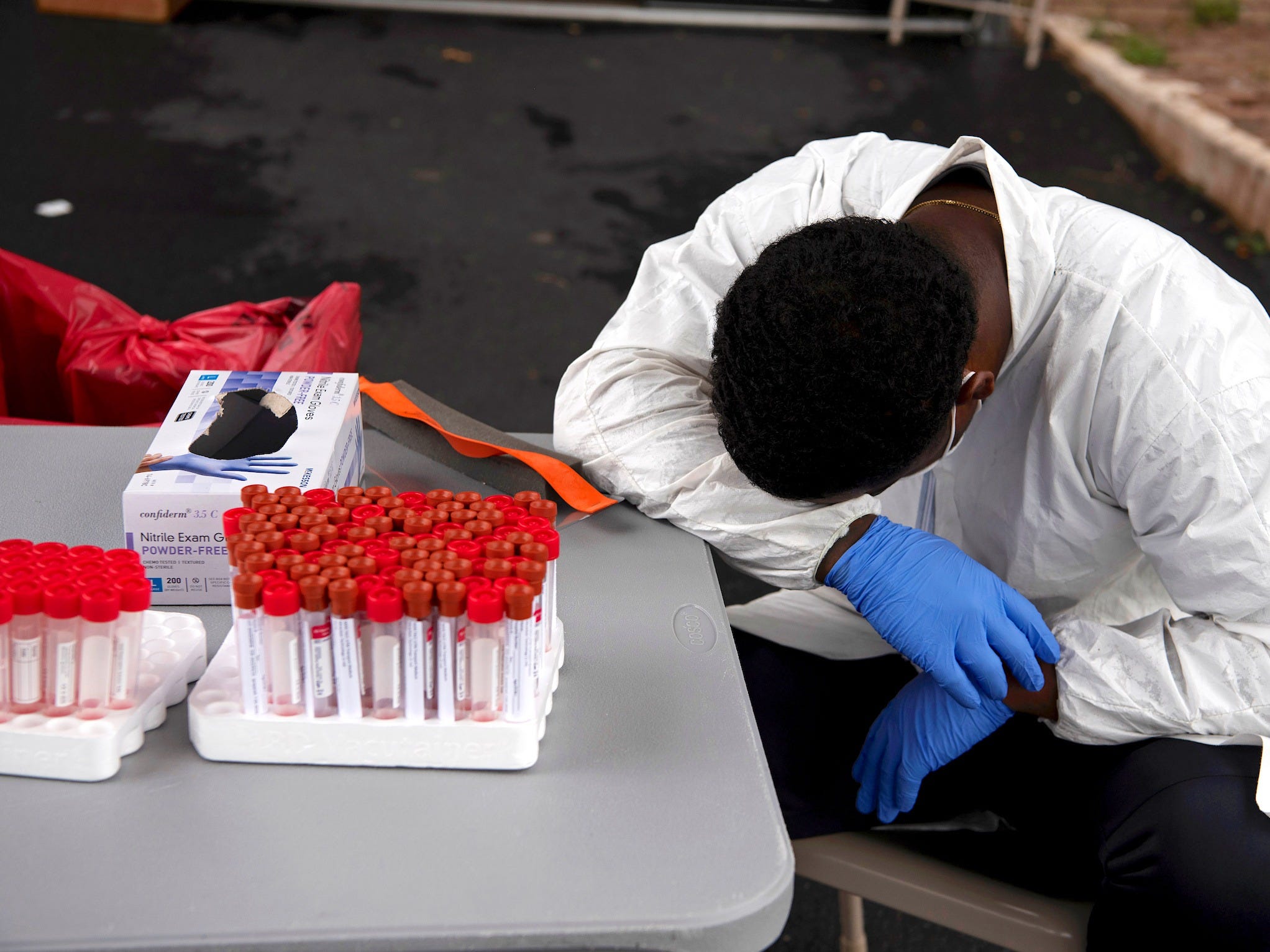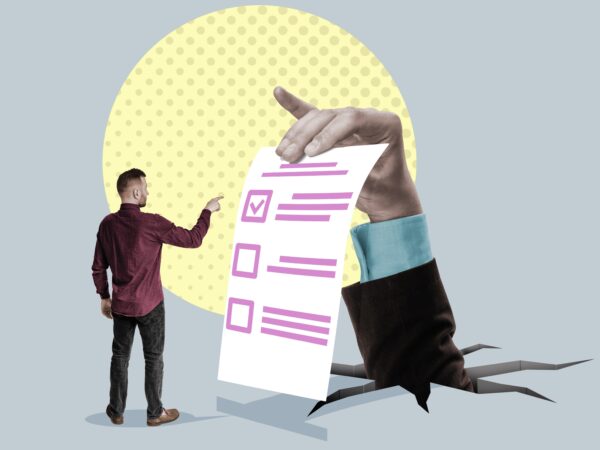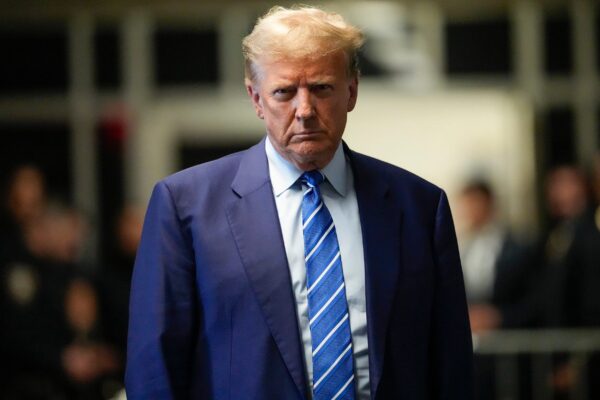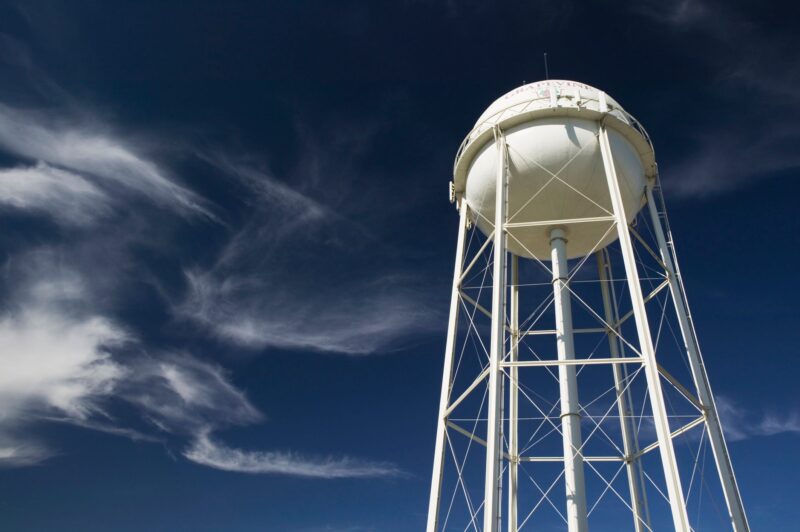- Coronavirus testing in the US is failing again as the country faces an unprecedented surge of new cases.
- As demand outpaces laboratories’ capacities, the hardest-hit states are seeing weeks-long delays in test results.
- The bottlenecks obscure how large the new outbreaks are and prevent officials from tracking down infected people before they spread the virus.
- Testing must grow rapidly to prevent this from happening yet again in the fall.
- Visit Business Insider’s homepage for more stories.
As temperatures breached 100 degrees in Phoenix, Arizona, last week, hundreds of cars sat lined up on a four-lane street leading to a free coronavirus testing site. It was the facility’s first day.
Locals told the Arizona Republic that they waited for more than eight hours to get tested. People fretted about running out of gas and drinking water. Testing technology overheated in the sun, making wait times even longer.
Mary Jane Muniz told the Republic that she arrived at 7:30 a.m., but was one of the last people to get a test before the facility closed at 4:30 p.m. While she waited, her daughter brought her a gallon of water. By the time Muniz was wrapping up, the facility had run out of supplies and volunteers were turning people away.
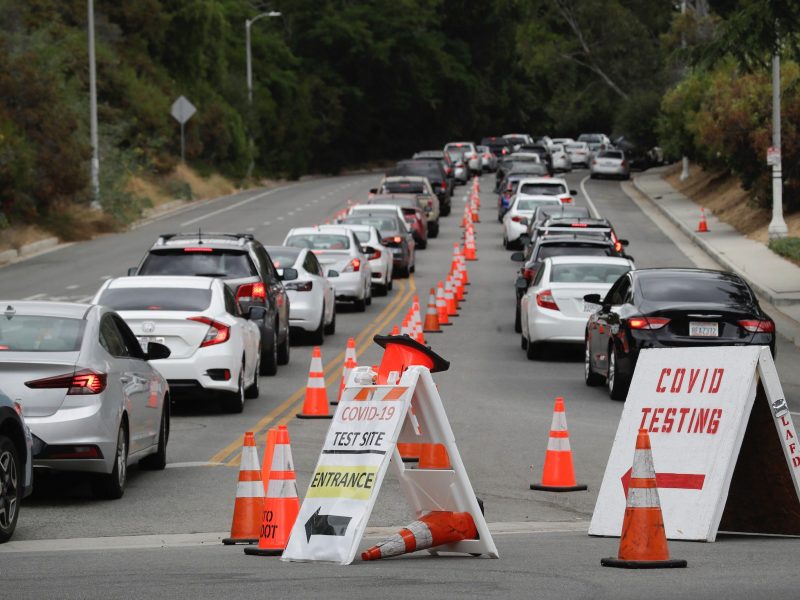
Similar scenes have unfolded in Indiana, Wisconsin, New Mexico, Kentucky, Tennessee, California, Colorado, and Florida.
The long lines aren't the only wait: Afterwards, some test results are taking up to a week, since laboratories across the country are getting sent more swabs than they can handle.
The US has significantly ramped up testing since its failure in the spring. On average, more than 640,000 tests were done in the country per day in the last week, according to the COVID Tracking Project. But a pandemic roadmap from Harvard experts suggested the US should be scaling up to 20 million tests per day by the end of July.
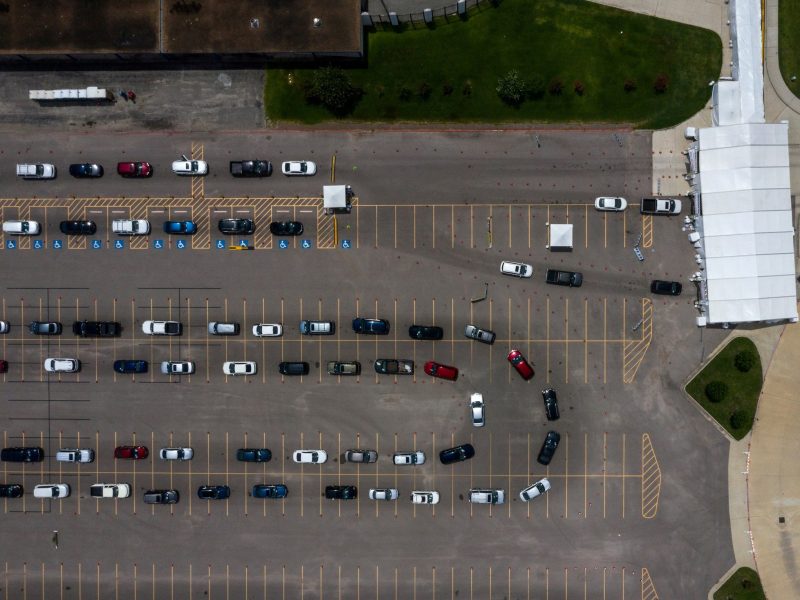
Anthony Fauci, the US's top infectious-disease expert, told CNBC that ideally, the country would be "flooding the system with testing, so you really get a good handle about what is going on in the community."
That, of course, is not happening. Instead, America's testing infrastructure is once again losing its grip as the larger-than-ever surge of new cases strains the system past its limits.
Without robust testing, states have no way of knowing the true scale of their outbreaks. And weeks-long wait times for results mean even quarantines and contact tracing happen too late.
"This is very bad," Harvard epidemiologist Michael Mina told The Atlantic. "Our modeling efforts more or less show that if you don't get results back in a day or so, outbreaks really can't be stopped without isolating and quarantining all contacts preemptively."
Labs 'hit the wall' weeks ago
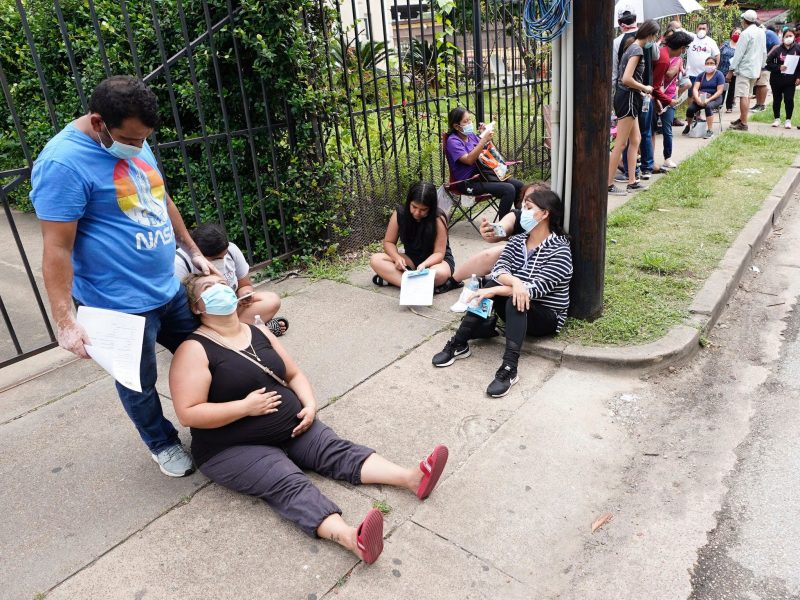
Two weeks ago, the American Clinical Laboratory Association issued a warning: Its member laboratories were seeing a "steady increase" in the volume of coronavirus test orders and would soon be overwhelmed.
"While our members are collectively performing hundreds of thousands of tests each day, the anticipated demand for COVID-19 testing over the coming weeks will likely exceed members' testing capacities," the association's president, Julie Khani, said in a statement. "This significant increase in demand could extend turnaround times for test results."
That's exactly what happened.
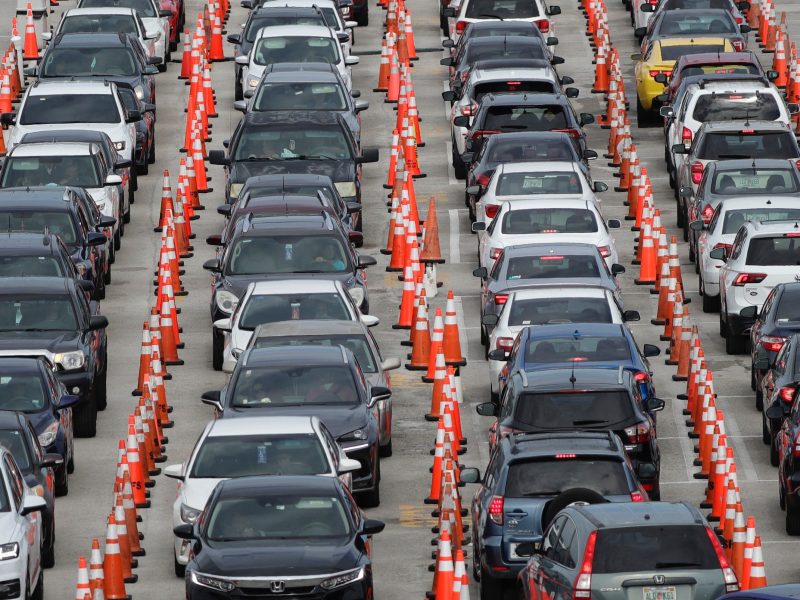
This week, Quest Diagnostics announced that results for non-priority tests - those that don't come from hospitalized patients or healthcare workers - could take four to six days to come back. LabCorp, too, said its test processing will take one or two days longer than usual.
BioReference Laboratories, meanwhile, "hit the wall three weeks ago," its executive chairman, Jon Cohen, told The Atlantic at the end of June.
"At that point, most laboratories were already running at capacity, as far as I can tell," he added.
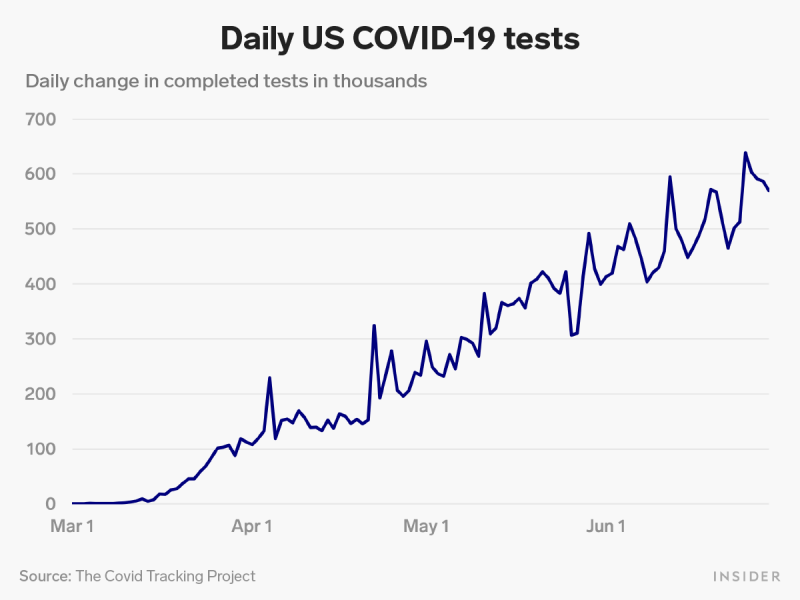
Even professional athletes, who seemed miraculously able to get COVID-19 tests amid the spring shortage, are waiting so long for results that baseball teams in California, Chicago, Houston, and Washington have been forced to suspend practice.
On Tuesday, federal officials announced plans to create temporary "surge testing" sites with 48-hour turnaround times to help with shortages in Florida, Louisiana, and Texas.
Testing shortages and delays are worst in some of the hardest-hit states
Testing delays are not evenly distributed across the country - the hardest-hit states are experiencing some of the most severe squeezes. In Arizona, it's taking weeks to get test results, the Arizona Republic reported on Tuesday.
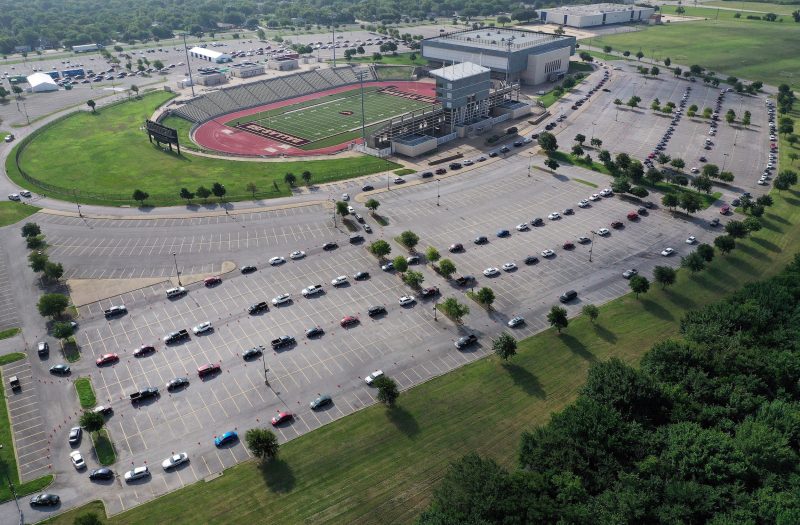
"If the labs were coming back five to six to seven days after the sample was taken - it doesn't matter how good the contact tracing capacity is, it doesn't matter how good and efficient they are at following up - the infections would have already spread to their coworkers and family members and roommates by then," Will Humble, executive director of the Arizona Public Health Association, told the Republic. "Because very few people isolate between the time their sample is taken and they get their test results back."
Texas was seeing testing delays even before its case counts began to rise again. In early June, the Texas Tribune reported weeks-long waits across the state. Rebecca Fischer an epidemiologist at Texas A&M, called the situation "disastrous," since positive results often arrive too late for health authorities to effectively intervene.
"Why have you been tested at all if it just goes into a number? That's not the goal of this," she told the Tribune.
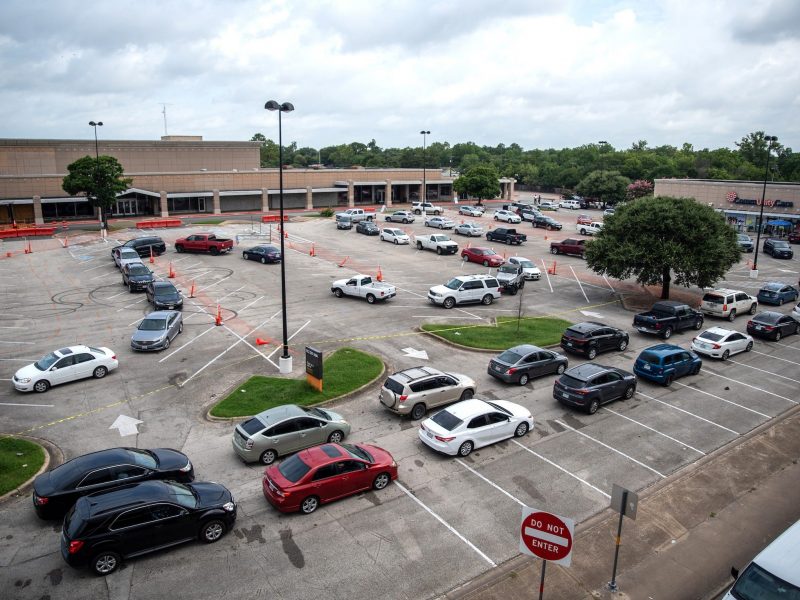
The real goal of testing is to identify coronavirus patients as quickly as possible, isolate and treat them, and track down their contacts. But in the last couple weeks, Texas testing facilities and labs haven't been able to keep up.
"We simply do not have the capacity to provide those tests and ensure adequate turnaround times for those who are at the highest risk for being positive," Mark E. Escott, interim director of Austin Public Health, told the city council, according to local outlet KHOU. "This is every jurisdiction in the state of Texas."
Such delays almost certainly mean that Arizona and Texas have far larger outbreaks than their case counts indicate in real time.
The US still needs more testing
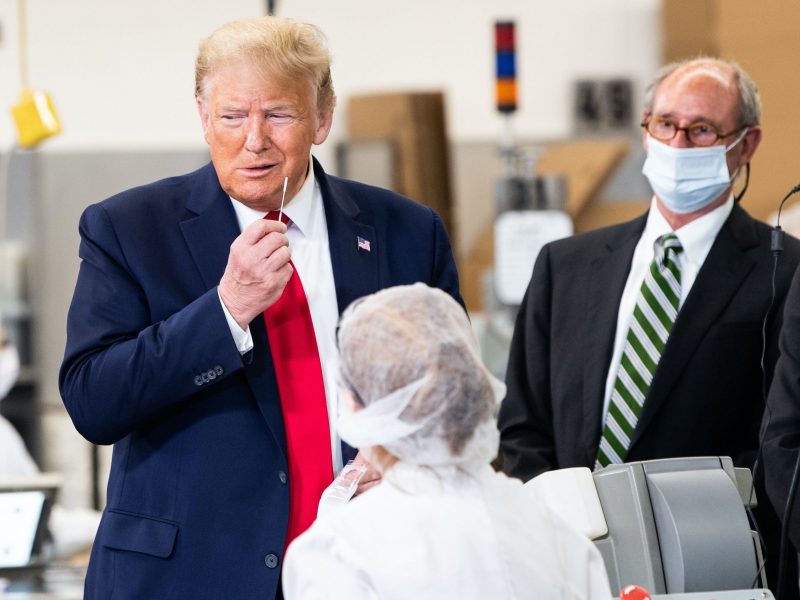
On Thursday, President Donald Trump repeated, yet again, his claim that the surge in new US cases is due to increased testing alone.
"The reason we show so many cases, compared to other countries that haven't done nearly as well as we have, is that our TESTING is much bigger and better," he tweeted.
If that were true and the virus' spread was staying flat or decreasing, the share of tests coming back positive would be dropping. Instead, that positivity rate is increasing in 27 states, according to data from Johns Hopkins University.
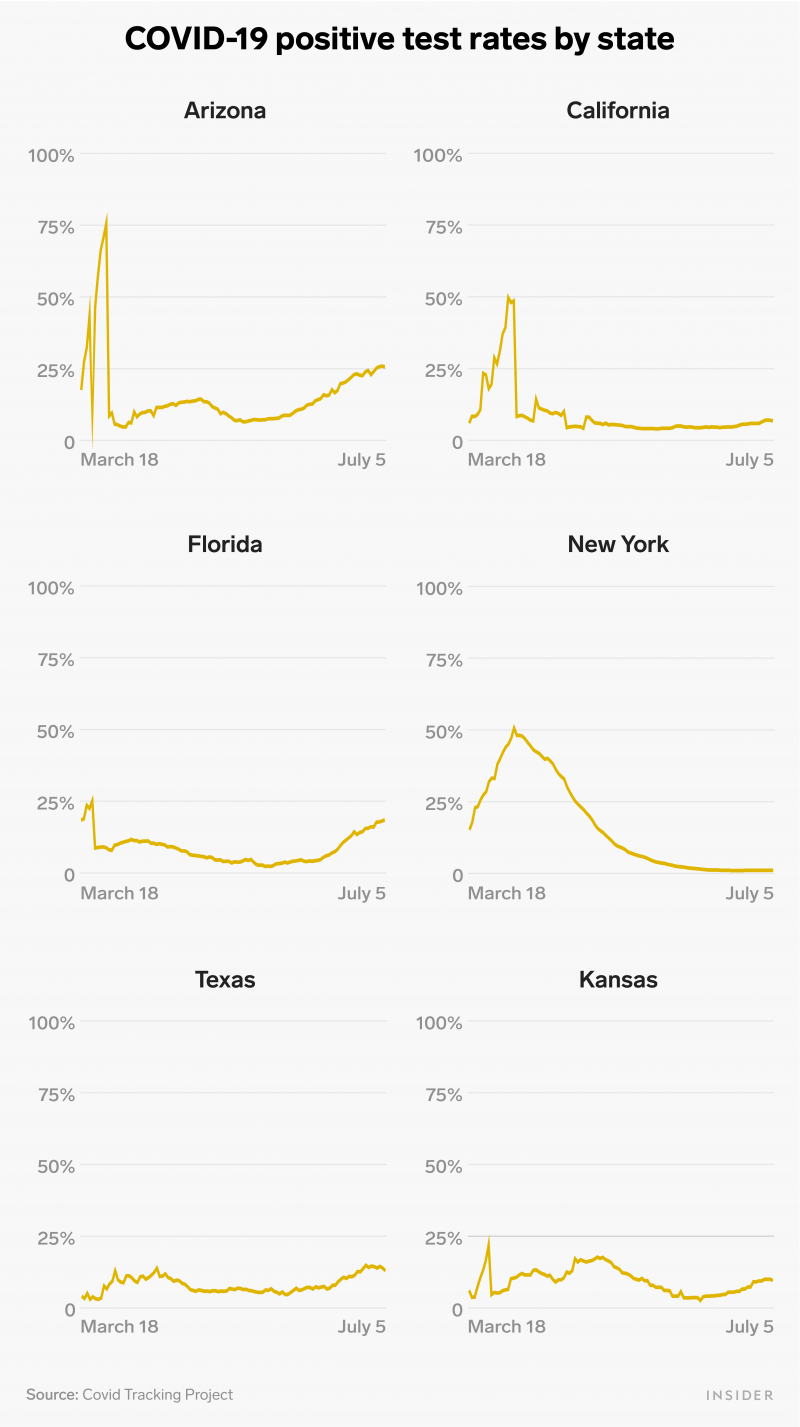
"When you see percent positivity rising, that usually means that not every case is being captured by this system," Amesh Adalja, an infectious-disease doctor at Johns Hopkins University, previously told Business Insider. (That's particularly evident in the March spikes in the charts above, which reflect the period of time when testing was limited and tests were mostly reserved for symptomatic patients with severe cases.)
"It really underscores the need for states to get robust case contact tracing teams in place because that's the way you keep those chains of transmission from spilling into your hospital," Adalja added.
Trump is correct that the US has conducted more coronavirus tests than any other country. But if the virus weren't spreading at a higher rate than before, we would not be seeing an increase in hospitalizations. Instead, however, the mayors of Houston and Austin have warned they have just two weeks until their hospitals start hitting capacity. In Florida, Miami-Dade county hospitals could max out by August, according to local news site WPLG.
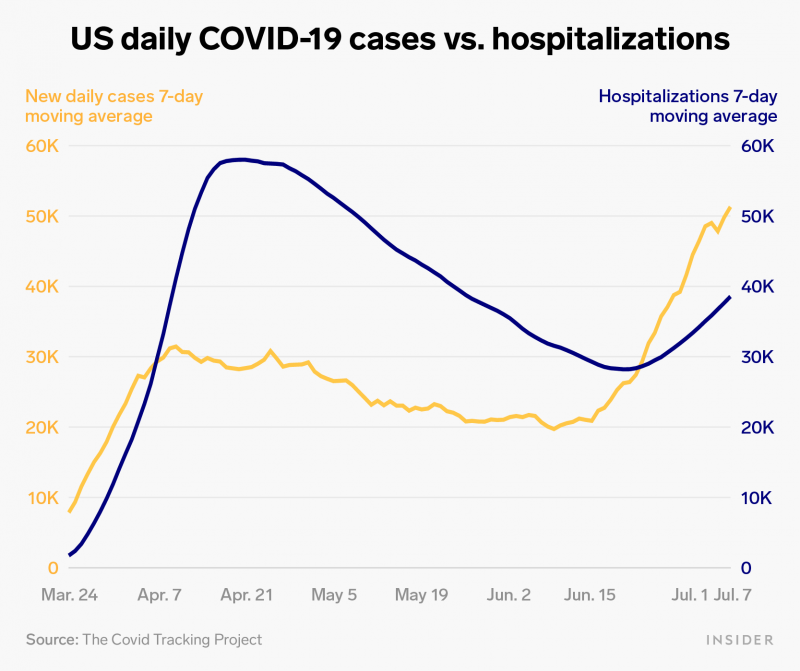
Alabama, California, Georgia, North Carolina, South Carolina, and Texas all reported record-breaking hospitalization rates this week, according to The Washington Post.
Testing has ramped up since spring, but not nearly enough
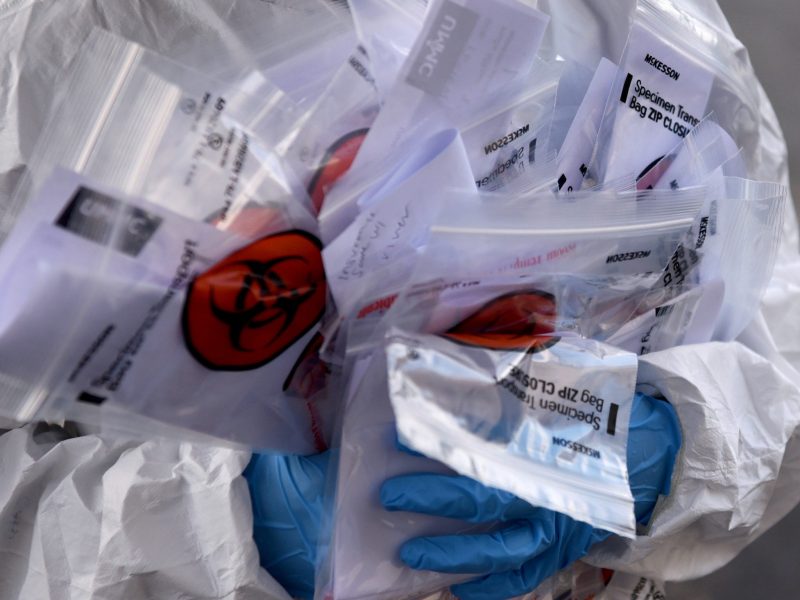
When most US states were still under shelter-in-place orders, public-health experts offered recommendations for testing thresholds to hit before relaxing restrictions.
Ashish Jha, director of the Harvard Global Health Institute, suggested a national "bare minimum" of 500,000 tests per day. Instead, states began to reopen when the country was tallying fewer than 300,000.
"With 500,000 to 700,000 a day, we have a shot of opening the economy and keeping it going for more than six weeks or two months," Jha said in late April.
His prediction for what would happen without that testing was prescient: "We're going to basically find ourselves with large numbers of cases and having to shut down again in two to two-and-a-half months," he said.
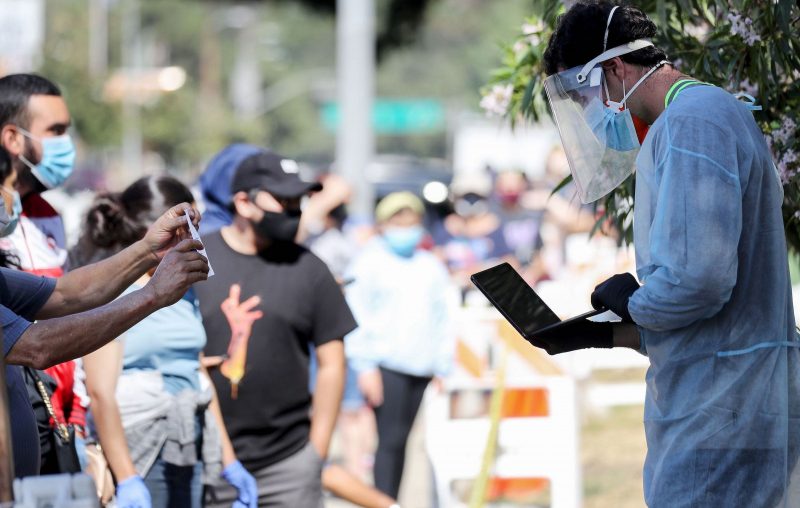
Now, as we look toward the early fall, experts are once again calling for more testing, since cold weather brings flu season, and many schools and businesses are planning to reopen.
"When the fall comes, we better be ready that there will be surges in cases, and as I've said so many times now for months, we have a few months to prepare for that," Fauci told CNBC. "So when that happens, we have to be able to do the proper and effective way of identification, isolation and contact tracing."
